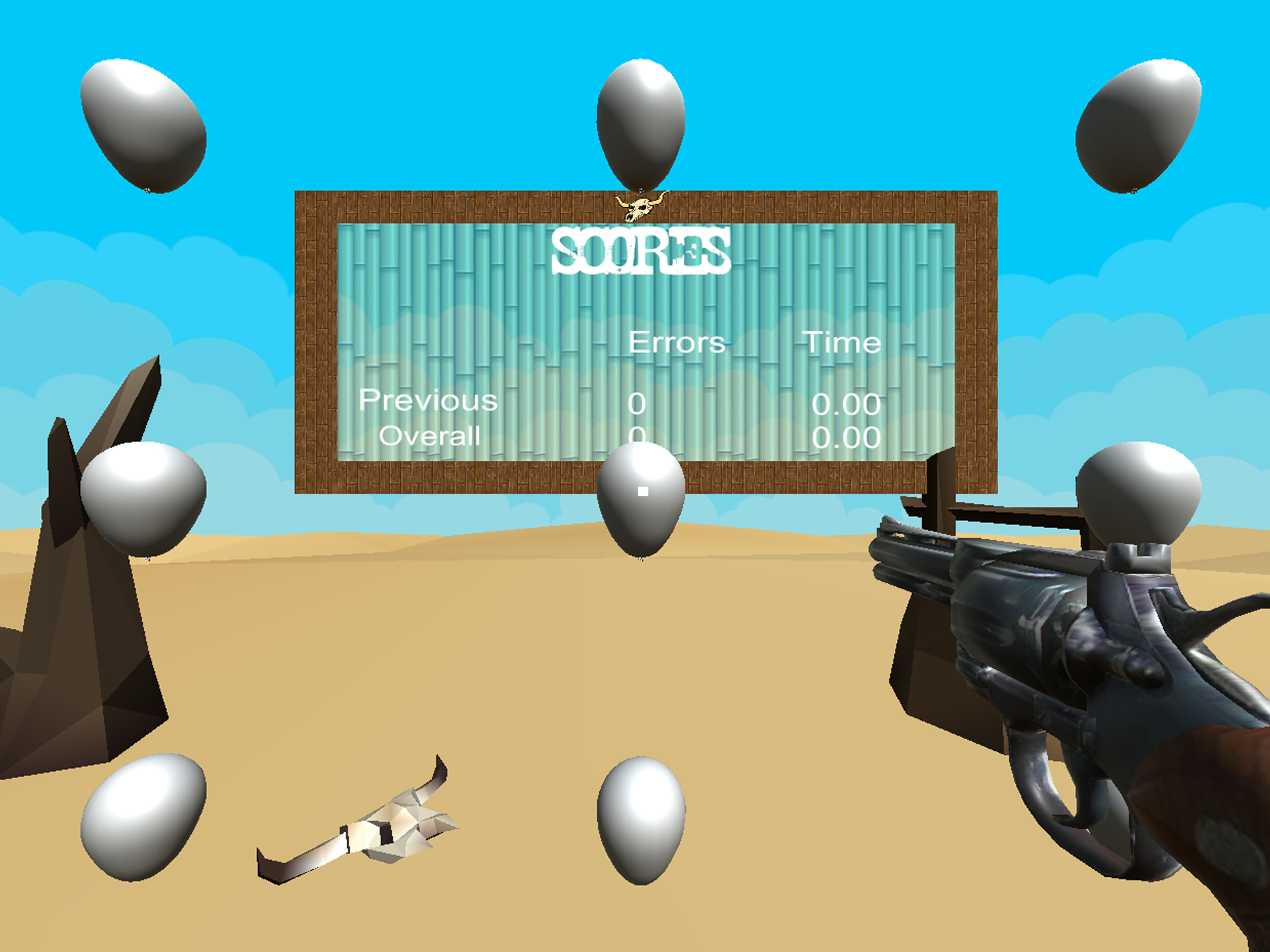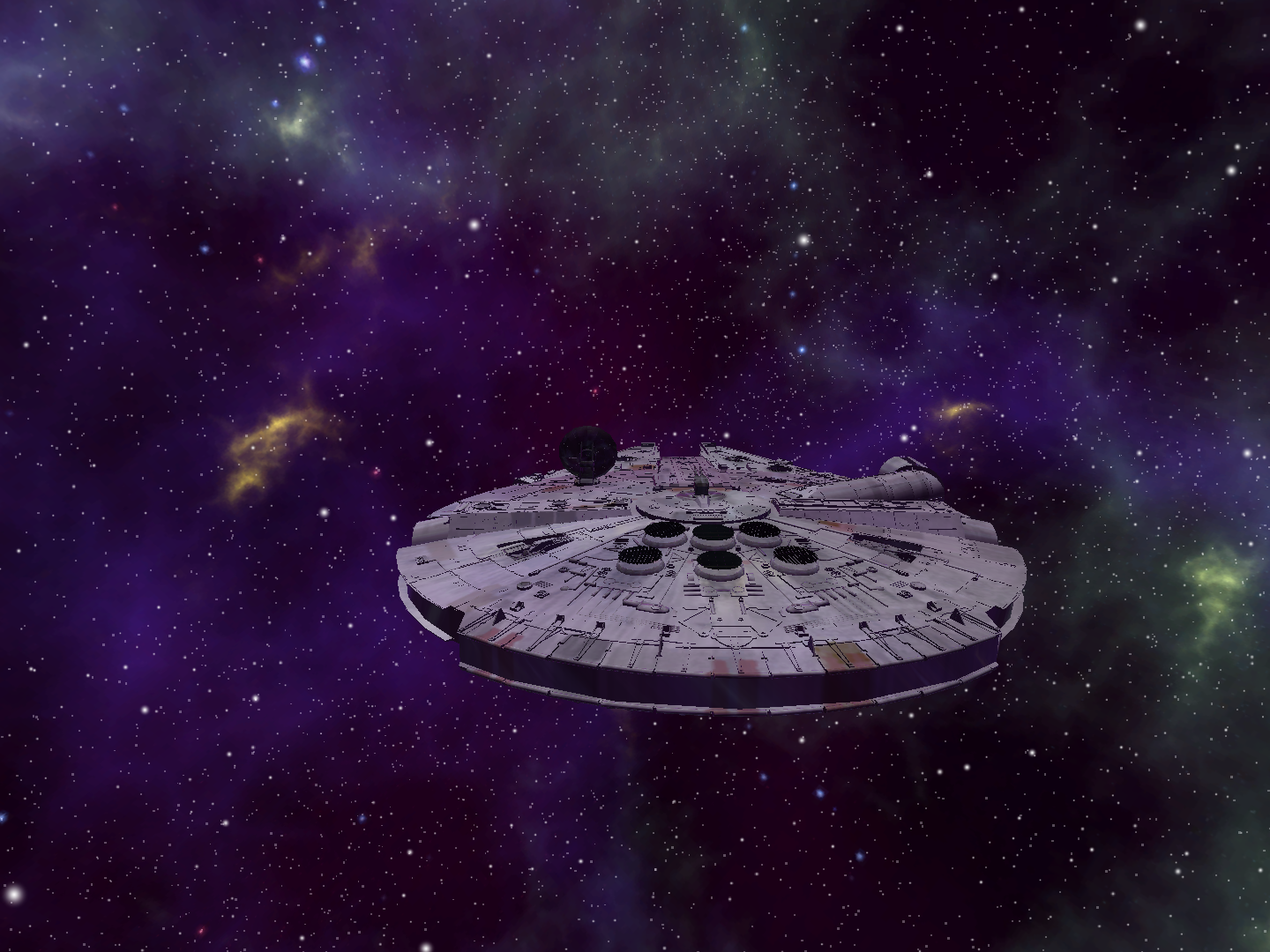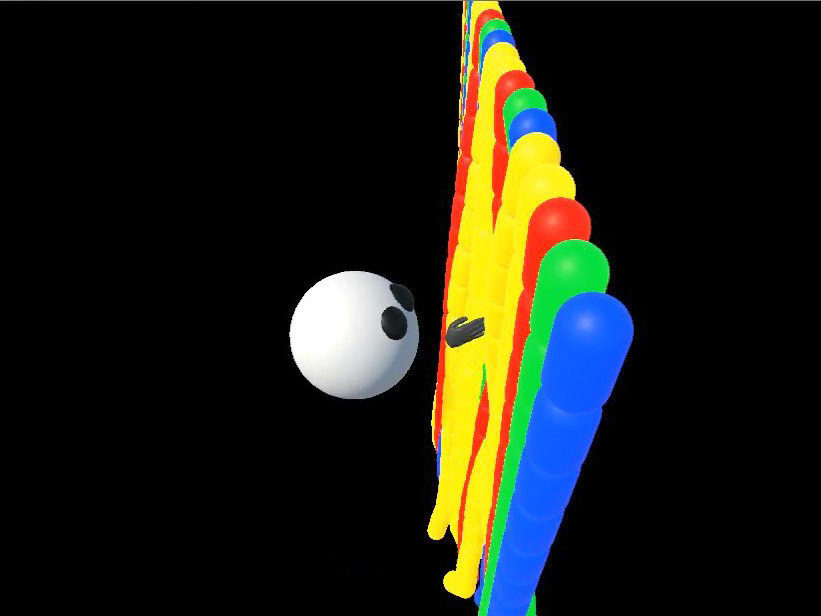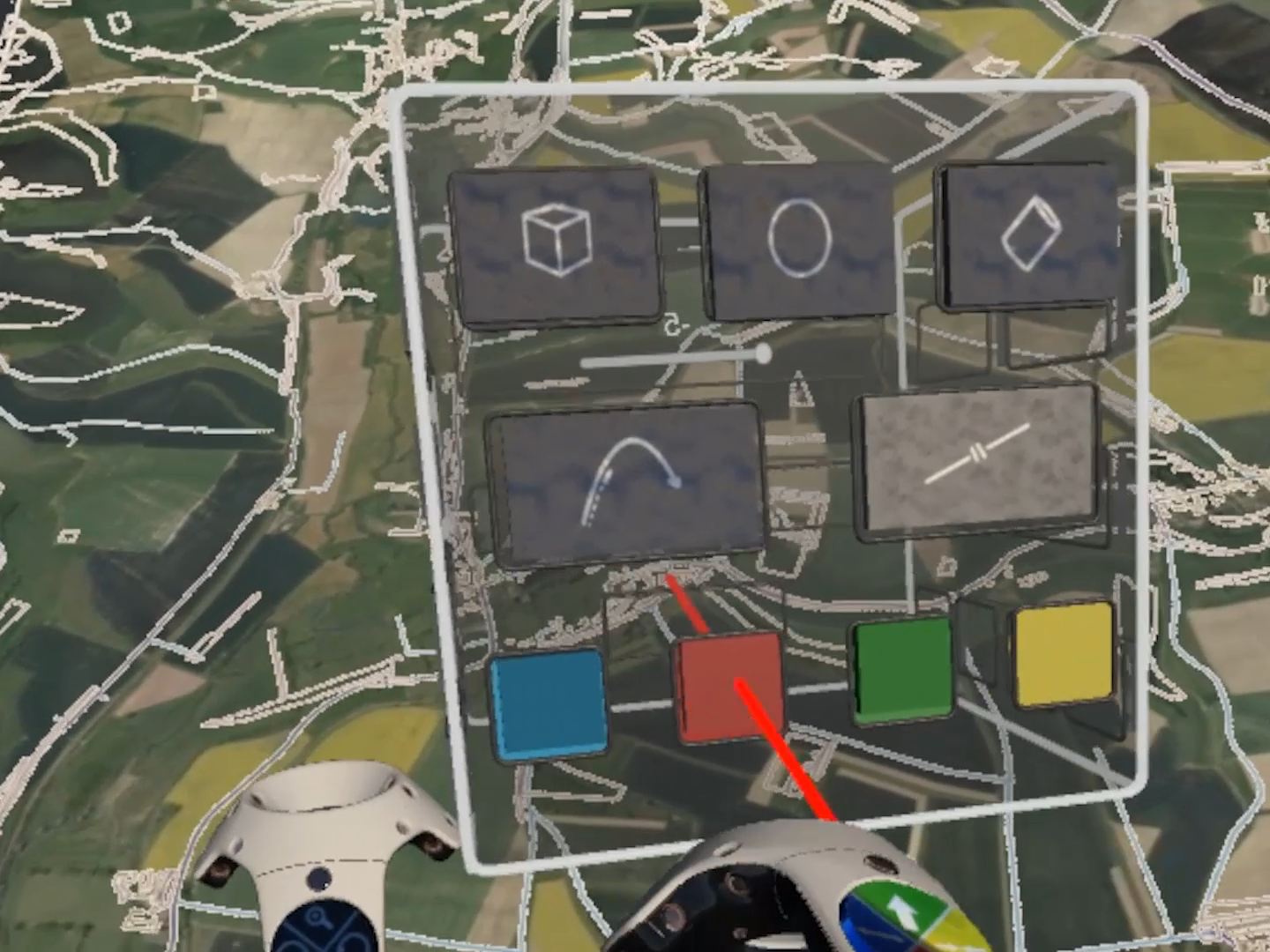With the advancements of VR technology, we are beginning to see a surge in VR-specific arcades and experiences around the world. With any new medium there are a range of challenges faced by both developers of the experiences and owners of ‘VRcade’ spaces. This paper will focus on reducing simulator sickness through reproducing a greater range of axis movement through restricted motion simulators (Atomic A3 Chair). While keeping the simulator compact and lightweight to ensure VRcade owners can move units easily while allowing for a greater number of simulators in a smaller space.
This project and its subsequent artefact aim to tackle a few major issues that surround the idea and current execution of VR arcade games and systems. these include making the VR gaming a less isolating experience through multiplayer games. We plan to reduce simulator sickness that can sometimes induced through VR gameplay through coupling physical and virtual movement, and making a software solution that is lightweight, small and easily deployable within a VR arcade environment.
The game itself will be created within the Unity engine using proton networking as a way for players to communicate and play together.
Though the chair can be controlled through a simple plug-in to enable a latency free experience we will be sending commands directly from Unity to the chair to ensure any latency produced through the plug-in would be minimised, alongside allowing us to build a much more custom movement experience that can replicate a large range of movement than the plug-in enables.
PMB used a range of industry standard plugins and cutting edge features such as:
- Photon Cloud and Chat
-Actuate Plugin
-Oculus Plugin
-Unity LWRP (Lightweight Render Pipeline)
-Unity Post Processing Stack
-Actuate Plugin
-Oculus Plugin
-Unity LWRP (Lightweight Render Pipeline)
-Unity Post Processing Stack



